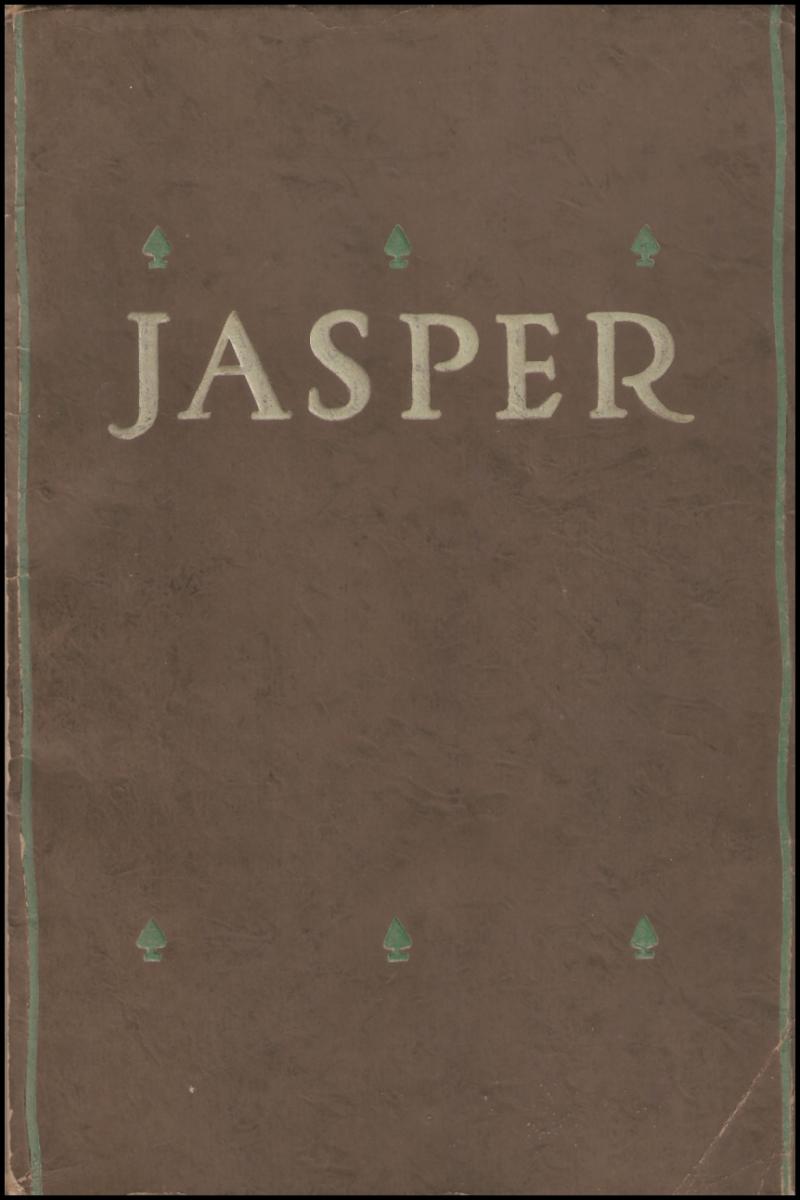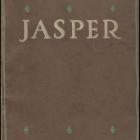
Jasper National Park. Cover.
Jasper National Park. Cover.
 This work is licensed under a Creative Commons Public Domain Mark 1.0 License.
This work is licensed under a Creative Commons Public Domain Mark 1.0 License.
Williams, M. B. Jasper National Park. Ottawa: Department of the Interior, 1928. Republished on the Environment & Society Portal.
To make some share of “the wild places of the land sacred,” is the avowed object of the national parks. Everywhere else the continent over, the swift tide of civilization rushes onward; the land our fathers knew disappears; the ancient forests fall before the lumberman; waterfalls are impoverished to turn the wheels of industry; the wild game is driven ever farther and farther back. But within the boundaries of the great national reservations lie a few thousand square miles, safe and inviolate, so far as it is within the power of man, from change and invasion. Of these national possessions in Canada the greatest is Jasper Park. (Text from Chapter 1)
This 1928 book by Mabel Bertha Williams is considered one of the finest parks guidebooks of the 1920s. With fine illustrations and photographs, it details the general character of the Jasper National Park as well as its historical, geographical, and biological information.
Public domain.
- Campbell, Claire Elizabeth. “Pragmatism and Poetry: National Parks and the Story of Canada.” In “Big Country, Big Issues: Canada's Environment, Culture, and History,” edited by Nadine Klopfer and Christof Mauch. RCC Perspectives 4 (2011): 101-11.
- Campbell, Claire, ed. A Century of Parks Canada, 1911–2011. Calgary: University of Calgary Press, 2011.
- MacEachern, Alan. “MB Williams: Living & Writing the Early Years of Parks Canada.” Environment & Society Portal, Virtual Exhibitions 2018, no. 2. Rachel Carson Center for Environment and Society. http://www.environmentandsociety.org/node/8305. ISSN 2198-7696 Environment & Society Portal, Virtual Exhibitions.
- MacEachern, Alan. “Banff Is … Hell? The Struggle of Being Canada’s First, Most Famous, and Most Visited National Park.” Environment & Society Portal, Arcadia (Summer 2016), no. 10. Rachel Carson Center for Environment and Society. doi.org/10.5282/rcc/7623.


